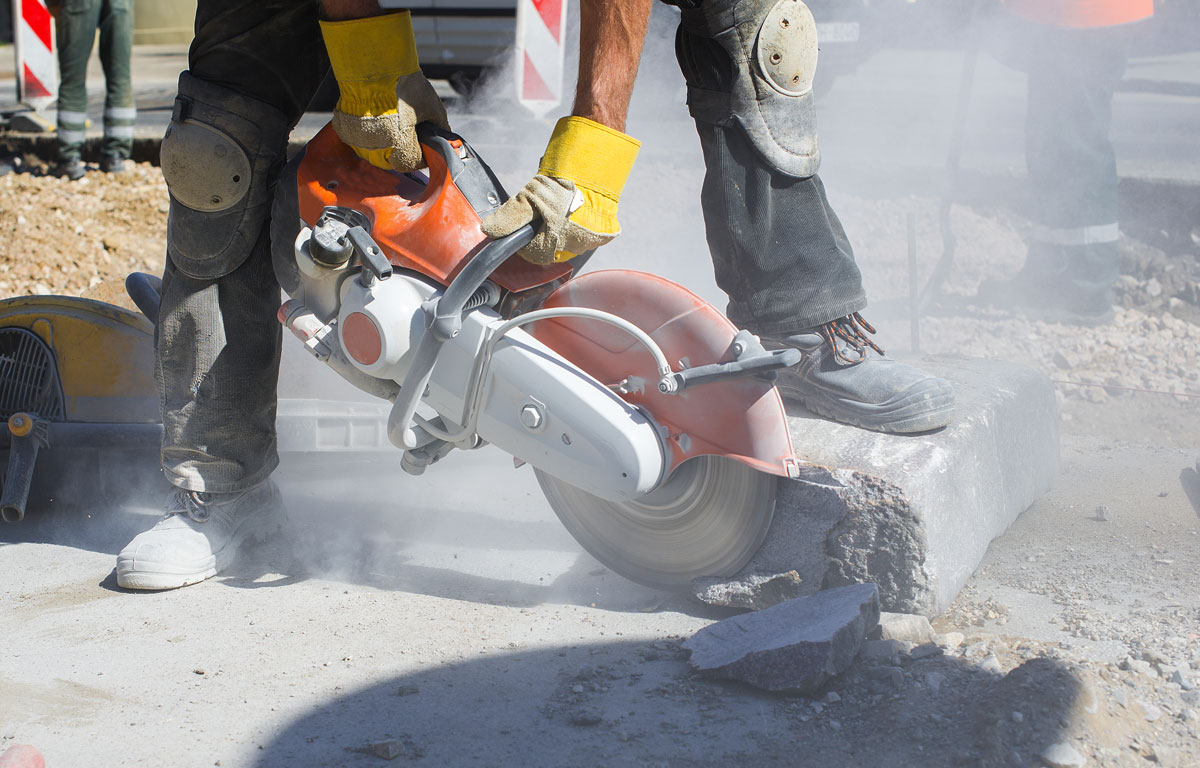“Concrete Cracks. It’s Really Not a Big Deal.”
Of course, concrete cracks. We all know it. But like most problems, it only gets worse if you don’t address it. If you have a bearing on the brink, worn belt or broken sprocket, you’d change it to prevent any potential damage or failure that might lead to lost production time. Unfortunately, the plant infrastructure doesn’t always get the same attention or elicit the same response.
It takes a long time for a crack to become a problem. Looks like there’s nothing happening. That’s why these cracks are discounted and are left to run their course. Eventually some leading to damaged finished products, slab undermining, environmental concerns or even safety issues. Taking just a little time and very little material, you can address these cracks while they’re small and extend the life of your plant’s support system in the process.
Take a look at our Step-By-Step guide to fixing these small cracks. You’ll be surprised how easy it is.




Share this: